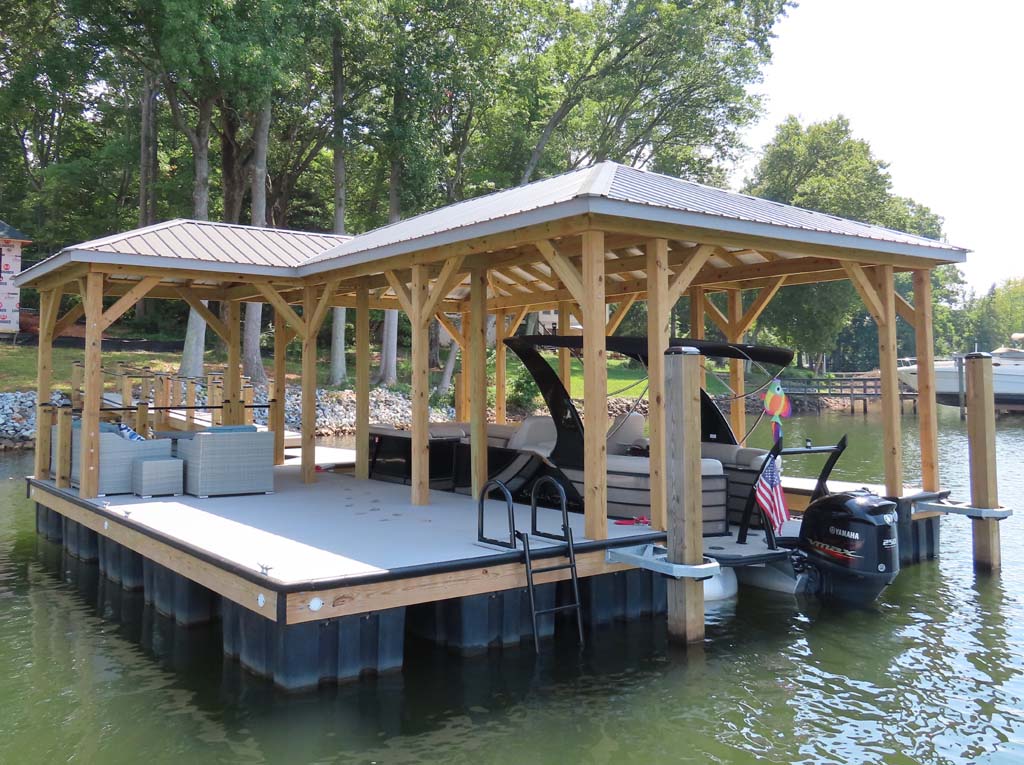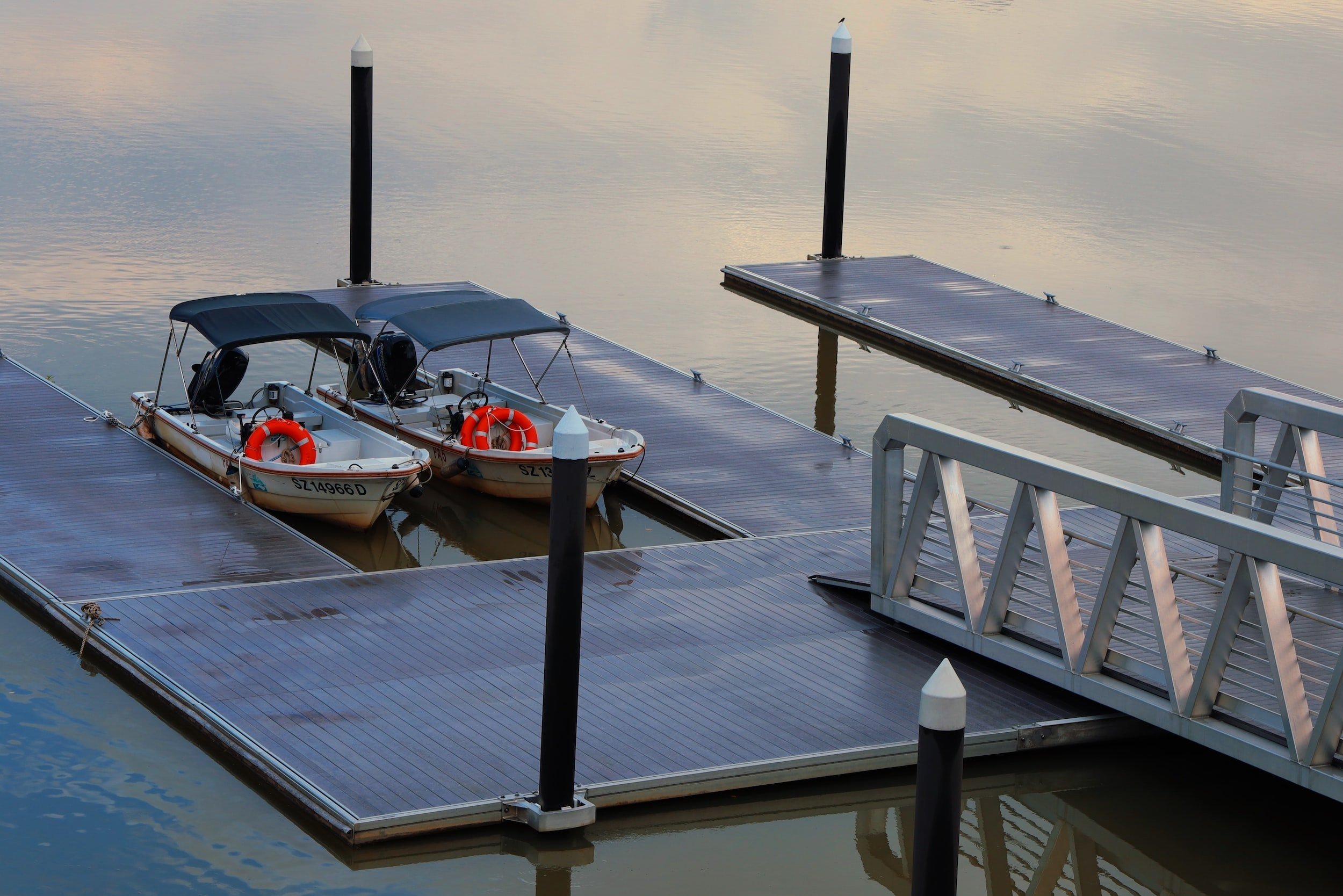Crucial Guide to Economical Dock Repairs for Homeowners
Crucial Guide to Economical Dock Repairs for Homeowners
Blog Article
Reliable Dock Repair Work Techniques: Making Certain Structural Stability
Making certain the structural honesty of docks via effective repair service techniques is critical for the durability and safety and security of aquatic facilities. This includes a multi-faceted approach starting with thorough evaluations making use of advanced modern technologies like finder devices and from another location operated cars (ROVs) to identify both visible and concealed damages. Ultimately, choosing the best fixing products, such as corrosion-resistant alloys and composite products, is essential for sturdiness. Structural reinforcement techniques, consisting of the execution of cross-bracing systems and load-distribution plates, play an important function in mitigating stress and anxiety factors. However, the significance of these strategies becomes apparent when exploring sophisticated repair service techniques and preventative upkeep techniques.
Evaluating Dock Damage
Examining dock damages is a crucial very first action in making sure the structural honesty and safety and security of any type of docking facility. Key facets to take a look at consist of the dock's structure, pilings, outdoor decking, and hardware (Dock Repairs).
Architectural engineers or qualified examiners typically execute these analyses utilizing specialized tools and strategies. Underwater assessments may employ sonar devices or remotely operated automobiles (ROVs) to find submerged damages. Over water, visual inspections are enhanced by utilizing dampness meters and various other diagnostic tools to reveal underlying issues not quickly noticeable to the nude eye.

Picking Repair Service Materials
Choosing the ideal repair work products is a pivotal action in the dock restoration procedure, one that directly influences the longevity and performance of the repaired structure. Material selection should be driven by aspects such as ecological problems, load-bearing requirements, and compatibility with existing dock components. For example, timber is a conventional option for anchors as a result of its natural strength and aesthetic charm. Choosing the ideal kind of timber, such as pressure-treated lumber or naturally rot-resistant species like cedar or teak wood, is crucial to stand up to aquatic environments.
In addition to timber, composite products are increasingly preferred as a result of their durability and reduced upkeep needs. Compounds, commonly made from a mix of plastic and wood fibers, use exceptional resistance to rot, pests, and UV damages. For steel anchors, choosing corrosion-resistant alloys such as galvanized steel or marine-grade aluminum is vital to stop rust and make sure structural stability in saline water conditions.
Epoxy resins and marine-grade sealers are important for fixing fractures and securing joints, providing a water resistant obstacle and boosting the dock's general toughness. By carefully selecting high-grade materials, dock repair services can achieve resilient outcomes, thereby securing versus future degradation and guaranteeing secure, reputable usage.
Architectural Support Techniques
Effective structural support techniques are crucial in making certain the stability and durability of dock repair services. This technique is particularly efficient for docks subjected to hefty tons or rough ecological conditions.
One more necessary technique is the application of fiber-reinforced polymers (FRP) These materials offer high strength-to-weight proportions and superb resistance to deterioration, making them suitable for enhancing concrete or wood anchors. FRP can be applied in sheets or strips and bound with epoxy resins to enhance architectural stability.
Bracing and anchoring systems additionally play an essential role in architectural support. Cross-bracing, using steel or wooden beams, can neutralize lateral forces, lowering persuading and motion. Securing systems, such as helical piers or driven stacks, offer a steady foundation by moving lots to much deeper, a lot more steady soil layers.
Lastly, the integration of load-distribution plates can aid distribute weight extra evenly throughout the dock's surface, mitigating local stress and anxiety factors. These strategies jointly wikipedia reference make certain that anchors stay durable and secure, with the ability of standing up to the rigors of their functional atmosphere.
Advanced Repair Service Techniques

Another sophisticated method includes underwater welding, which enables fixings to be performed without the demand to dewater the area. This technique is specifically useful for addressing structural issues in submerged dock components, guaranteeing very little interruption to procedures. Boosted welding techniques, paired with robot systems, deliver accuracy and integrity, therefore extending the lifespan of the dock.
Additionally, cathodic security systems are executed to stop rust in metallic dock structures. By utilizing sacrificial anodes or satisfied present systems, these methods efficiently reduce the electrochemical processes that lead to material wear and tear.
Finally, advanced surveillance modern technologies, such as architectural health and wellness tracking (SHM) systems, give real-time information on the condition of dock structures. These systems enable proactive maintenance and prompt treatments, inevitably guaranteeing the long-term structural integrity of the dock.
Maintenance and Prevention
Maintenance and avoidance are basic principles that find here underpin the durability and safety of dock structures. Normal examinations are extremely important, permitting early discovery of damage, prospective weak points, and ecological effects. A positive technique, involving regular look for corrosion, rot, and architectural changes, alleviates costly repair work and prolongs the dock's functional life.
Preventative steps should consist of using safety coatings to metal parts to defend against rust and utilizing cured wood to withstand degeneration. Furthermore, making certain appropriate drainage and air flow can avoid water buildup, which is a common reason of this hyperlink architectural degradation. Integrating top quality materials and adhering to maker standards throughout construction and fixing stages likewise play vital duties in enhancing durability.

Educating personnel in dock maintenance finest methods makes certain consistent application of safety nets. Leveraging technical advancements, such as drones for examinations and sensors for real-time tracking, can better enhance upkeep efforts. By focusing on maintenance and prevention, dock proprietors can make certain architectural stability, operational security, and affordable administration over the dock's life expectancy.
Final Thought
In verdict, keeping the structural integrity of marine centers requires extensive dock repair strategies. Detailed inspections using innovative tools reveal both noticeable and concealed problems, while the option of ideal repair products boosts toughness. Applying structural reinforcement approaches addresses stress and anxiety points properly. Advanced fixing techniques, coupled with regular maintenance techniques, make certain the dock continues to be safe and operational under diverse ecological conditions. Taking on these methods considerably extends the lifespan and functionality of aquatic infrastructure.
Ensuring the structural stability of docks with efficient fixing strategies is paramount for the longevity and safety of marine facilities.Selecting the suitable repair work materials is a critical step in the dock remediation process, one that directly influences the longevity and performance of the fixed framework.Reliable architectural support strategies are essential in ensuring the security and long life of dock fixings. By focusing on upkeep and avoidance, dock proprietors can make sure architectural stability, operational safety, and affordable management over the dock's lifespan.
In conclusion, keeping the architectural stability of marine facilities demands extensive dock repair service methods.
Report this page